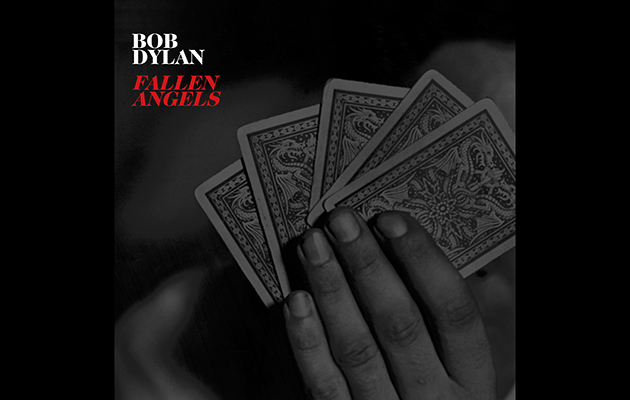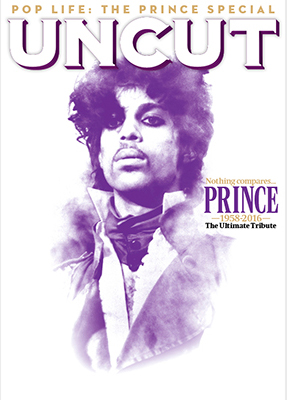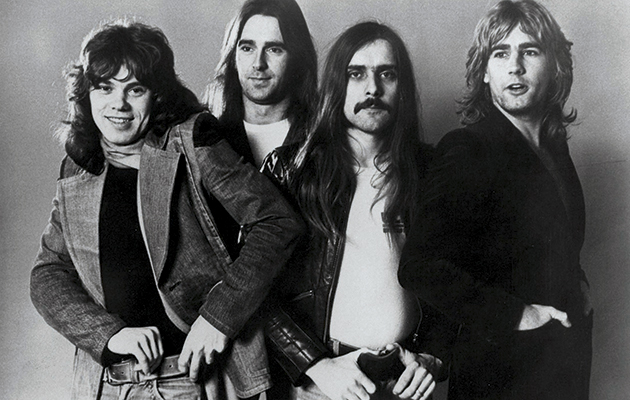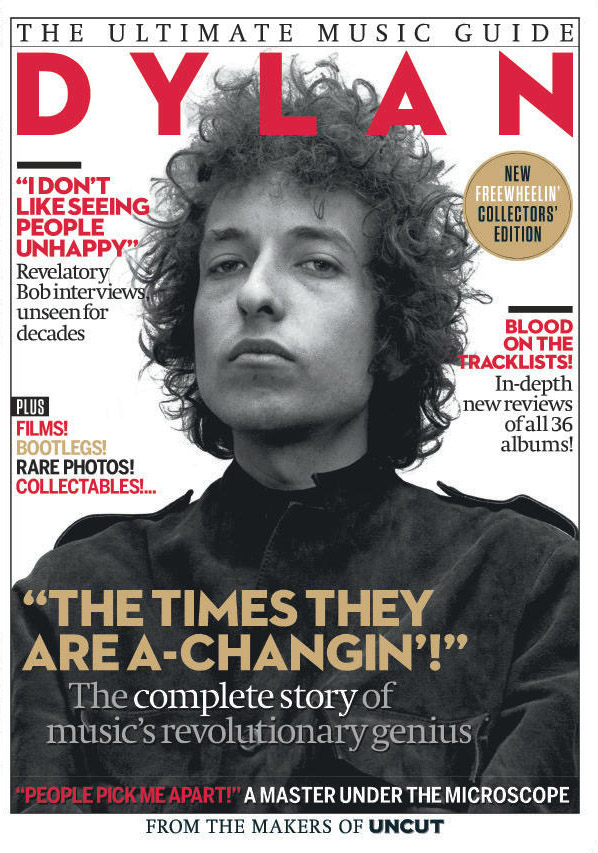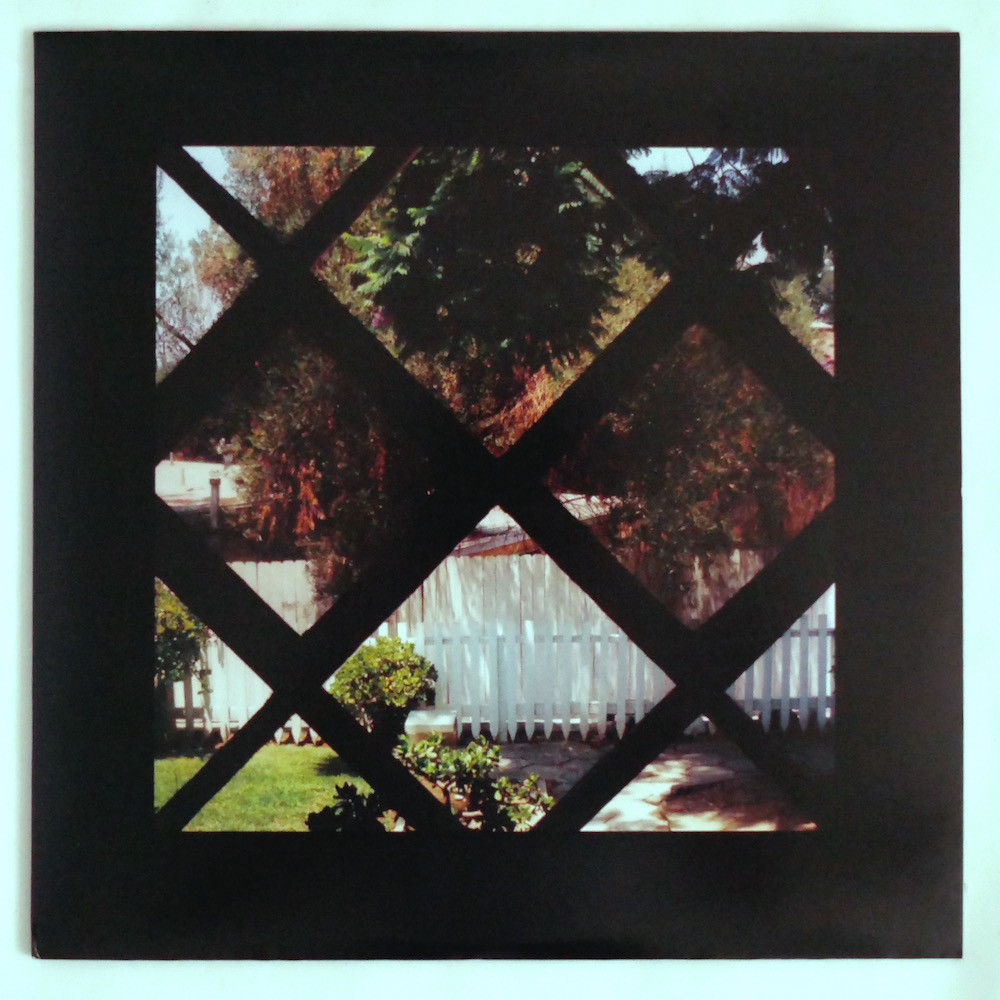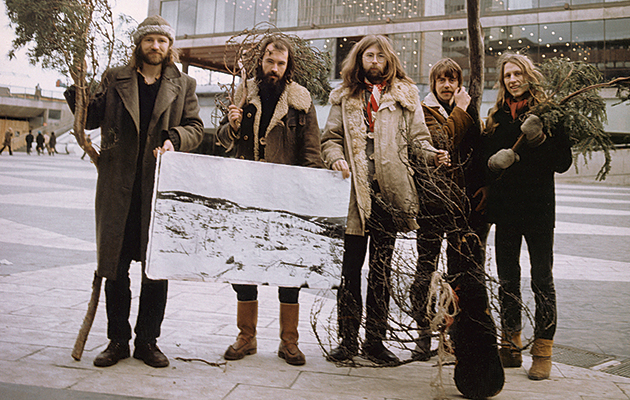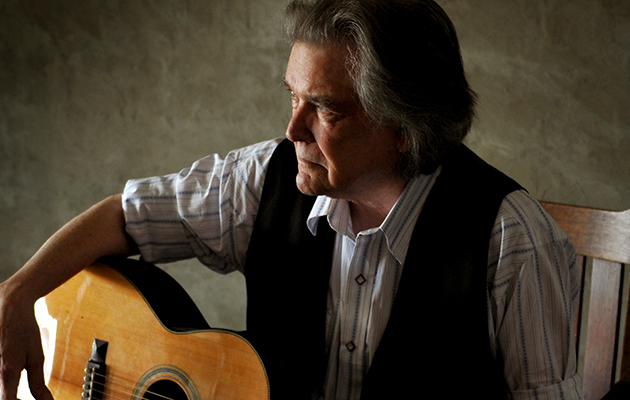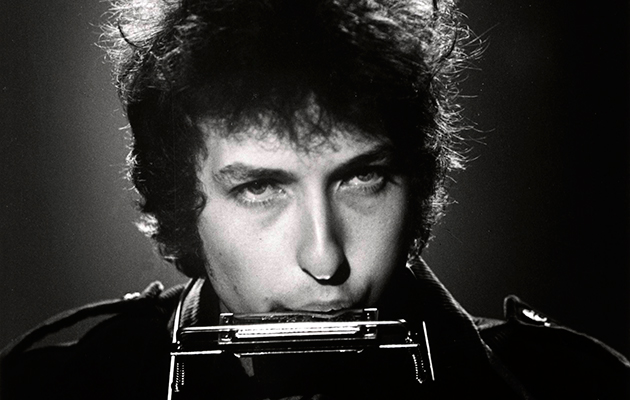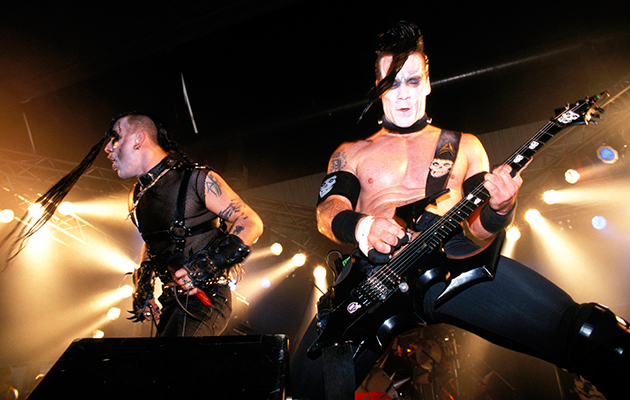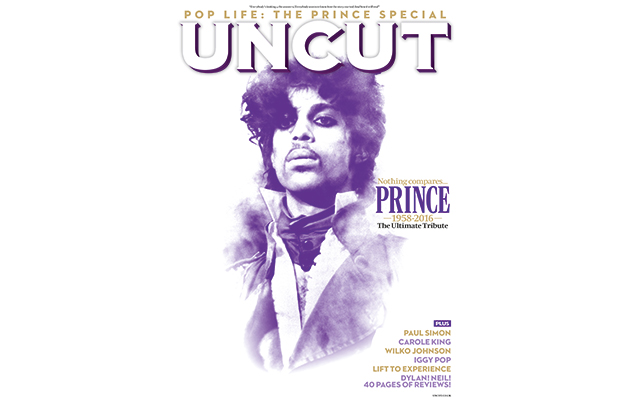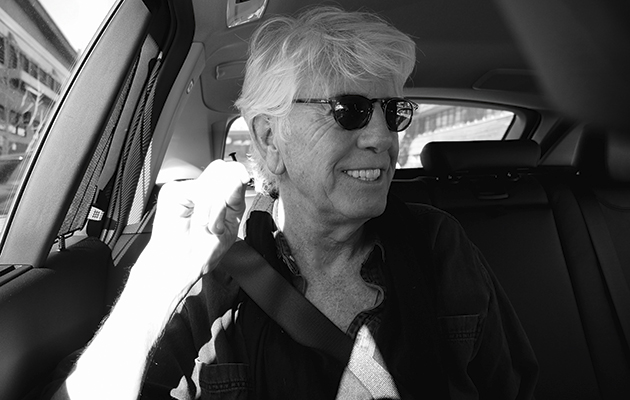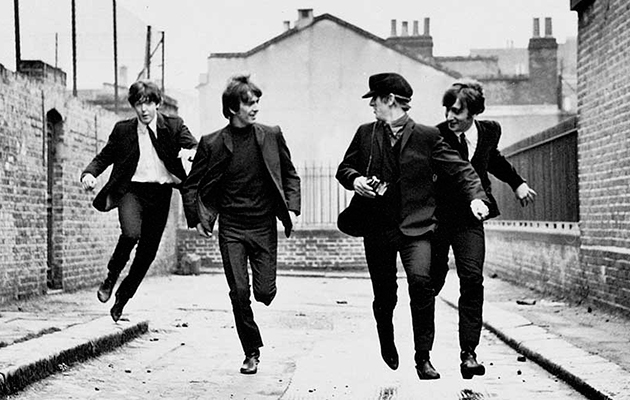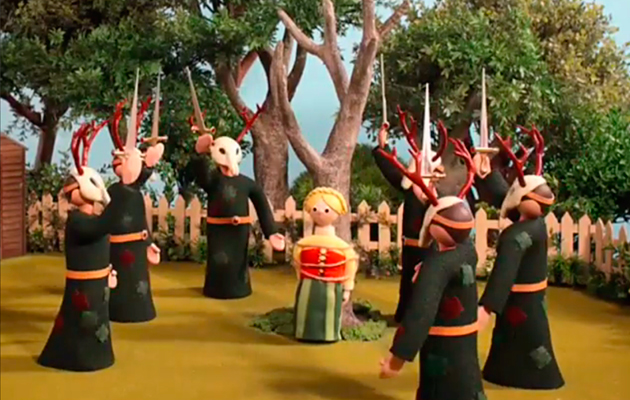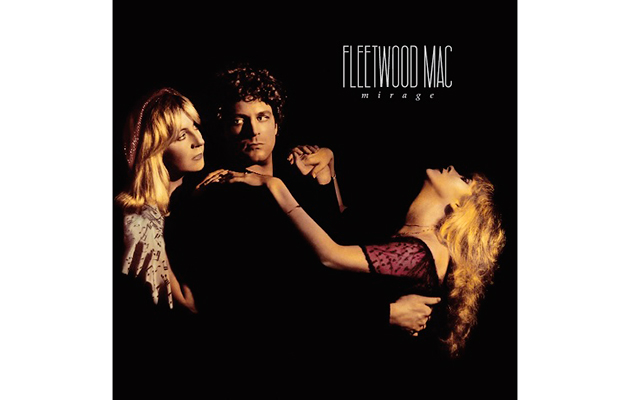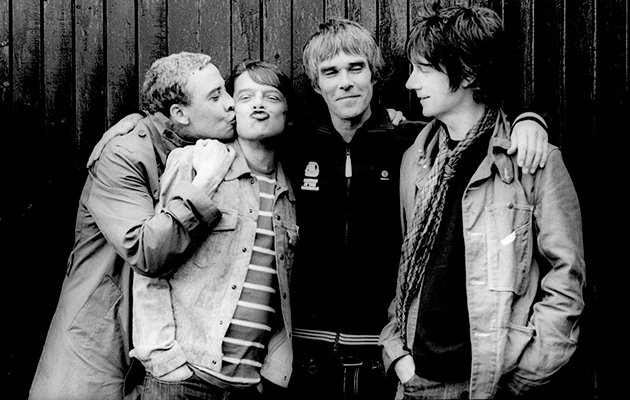With Fallen Angels, Bob Dylan, like Linda Ronstadt and Rod Stewart before him, has seen fit to continue his exploration of the Great American Songbook begun with such unexpected poise and humility on last year’s Shadows In The Night.
In his case, however, it’s not been a completely untrammelled ransacking of the hundreds of possible standards; instead, Dylan has continued to restrict his choice to those songs which conform loosely to a mood of weary resignation, extending the engaging crepuscular mood of Shadows In The Night, with Tony Garnier’s bowed bass and Donny Herron’s creamy pedal steel guitar oozing along like a slow-flowing river, carrying Dylan’s warm, weatherbeaten croon on songs such as “Melancholy Mood” and “It Had To Be You” like Huck Finn laid in a rowboat, a straw dangling from the corner of his mouth.
Following his able negotiation of the latter’s spoken intro, the band slides into the song like a lazy snake slithering into water. Dylan sings with a sigh in his voice, emphasising the theme of acquiescence to a beloved’s shortcomings: “For nobody else gave me a thrill/With all your faults, I love you still”. It’s a delivery which restores a sense of caution to the oldest song here (1924), one which has, through its appearance in countless movies including Casablanca, Annie Hall and When Harry Met Sally, become disinfected of this more circumspect interpretation, and re-cast as the evocation of inevitable attraction.
As with its predecessor, Fallen Angels features many songs from the Sinatra repertoire, including “Polkadots And Moonbeams”, Frankie’s first hit with the Tommy Dorsey Orchestra. Here, acoustic guitar heralds pedal steel flourishes over a slow drum shuffle in a long, 90-second intro before Dylan arrives, serenading his memory of a dancefloor encounter, and its subsequent consummation “in a cottage built of lilacs and laughter”, an image of bucolic bliss you’d never find flowing from his pen, surely.
Ironically, a year before Sinatra’s 1940 success with “Polkadots And Moonbeams”, he and Harry James’ band were fired from their Hollywood club residency specifically for performing “All Or Nothing At All”, which the club owner considered a room-clearer with no redeeming virtues. Which shows what he knew: five years later, it was one of the singer’s most popular songs. Here, Dylan’s dismissive inflection, borne on a gentle country vamp, applies a sort of Gallic shrug to the song; and while he strains for the rise in the bridge, it does lend a certain confirmation to the line “My heart may go dizzy and fall” at its end.
Billie Holiday, never one to overplay any potential hint of desolation, gave a far jauntier interpretation of “All Or Nothing At All”, and as for Sinatra, his 1966 revisiting of it with Nelson Riddle swung, as they say, like a pendulum do. Dylan’s version, by contrast, is haunted by the song’s obsessional, absolutist implications. He seems to naturally inhabit the underlying darkness in these songs, and recording them with his small combo, presumably in the manner of Shadows In The Night – live with no vocal booth, no headphones, and no overdubs – ensures that, unlike most modern-day punched-in vocal constructions, there’s a real sense of fallible humanity to these performances.
That’s most evident in “All The Way”, a song which proved so popular in Sinatra’s 1957 Oscar-winning original recording that the film from which it came, The Joker Is Wild, was subsequently re-titled after the song. Here, the way Dylan sings the title-phrase, it’s as if he’s reaching from some immense distance, exhausted by the effort. When he returns after the break, it’s touch and go whether he’ll hit the right key, but as with his live performances, it just adds to the quixotic charm. A similar enervated abjection applies to “Melancholy Mood”, where his delivery is less clipped than at last year’s Albert Hall show, more appropriate for the song’s enraptured spell, in which “whatever haunts me, steals upon me in the night, forever taunts me”. Although, if we’re considering lyrics unlikely to bear Dylan’s own writing credit, the line “Love is a whimsy as flimsy as lace” would surely come near the top of the list.
Another song profiting from his tone of weary disinterest is “Nevertheless”, where over a descending lilt built around Donny Herron’s pedal steel guitar and featuring a silky, restrained guitar break from Stu Kimball, Dylan sings as if all the lyrical quandaries of “maybe I’m right, maybe I’m wrong” have been sandblasted from his affection, leaving just the smooth certainty of love. Which just about compensates for his version’s lacking the crepuscular smokiness of Sinatra’s, or the blithe geniality of Bing Crosby’s.
The song here which most closely approaches both those characteristics is “Maybe You’ll Be There”, in which a lonely guy awaits the return of the love of his life. Dylan’s resignation, tempered with anticipation, is echoed by the brooding horns, which along with the violin, suggest the song may be an outtake from the Shadows In The Night sessions. By contrast, the enervation with which he delivers the closing “Come Rain Or Come Shine” over Kimball’s jazz guitar and Tony Garnier’s bowed bass makes his declaration of eternal company sound like more of a potential burden than a romantic promise. Certainly, it doesn’t challenge Ray Charles’ peerless reading as the definitive version.
Likewise, while his warm and gentle presentation of “Skylark”, over violin and Kimball’s nimble acoustic guitar, is one of the album’s most appealing interpretations, taken solely on its own merits, it clearly lacks both the easy familiarity and characteristic blues inflections of Hoagy Carmichael’s original, and the lush sweetness of Linda Ronstadt’s ’70s version. Carmichael, certainly, inserts the kind of uncertainty into the song which might have rendered it more congruent with the general mood of Fallen Angels.
As things are, it feels slightly out of place, along with “Young At Heart” – which admittedly, delivered as it is in Dylan’s elegant groan over a slow and weary steel guitar country arrangement, makes for a cute contrast with the song’s lyrical theme – and “That Old Black Magic”. The latter whisks lightly along in a souffle confection of Latin/country crossover, much faster than the rest of the album, with pedal steel employed as a background whine behind a neat, restrained guitar vamp and skittish rhythm. For once, Dylan sounds almost excited in his professed rapture. Though not excessively so: that would spoil the overall mood. It’s the only real misstep here, the result of an insurmountable contrast between theme – beguiled, mesmerised falling in love – and a tempo which favours feverish excitement over spellbound entrapment.
Our Ultimate Music Guide to Bob Dylan is available to buy from Amazon.
Uncut: the spiritual home of great rock music.


